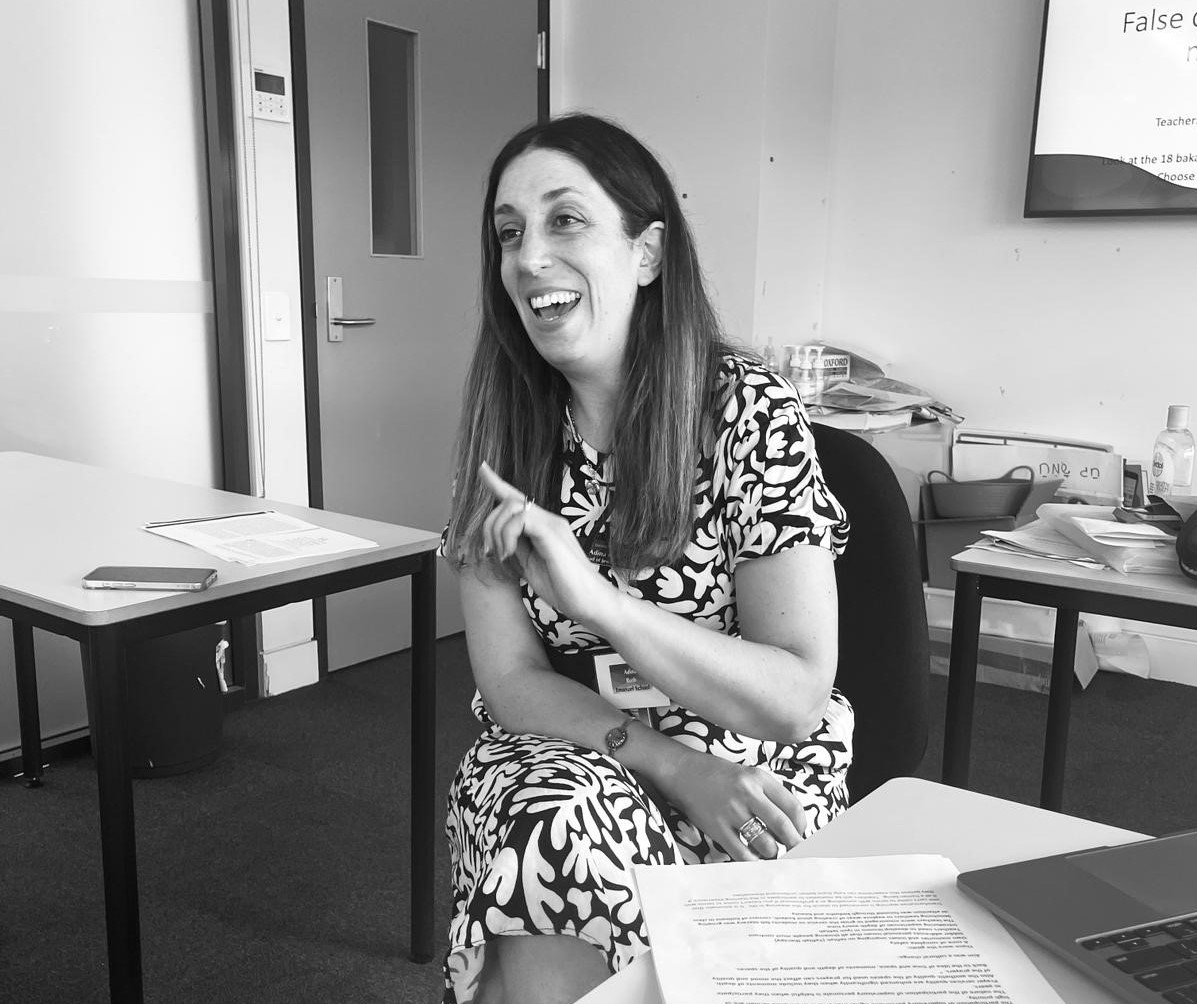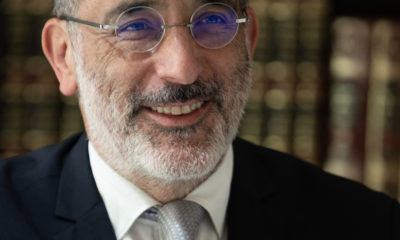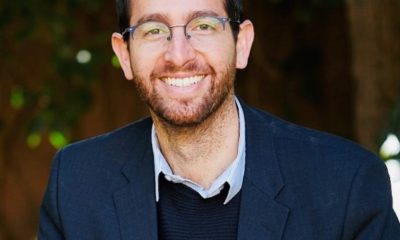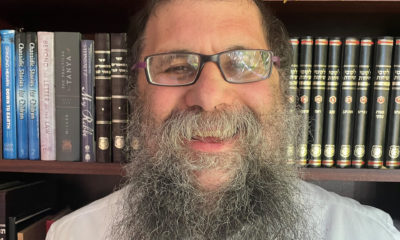
Religion

Israeli song gives Seder Ha’avodah new impetus
The centre of the Yom Kippur liturgy is the mussaf service. Within that, the centre of the mussaf is the Seder Ha’avodah, a liturgical sprawl which traces the actions of the kohen gadol as he trepidly seeks atonement for all of Israel and on receiving it, is illuminated with a bright countenance. For many, this literal recall of the highly detailed priestly service has felt remote. However, a modern Israeli song, Seder Ha’avodah, by Ishay Ribo, has transformed my understanding of this part of the service. This year, I’ll see the Seder Ha’avodah not as a ponderous recounting of what happened but rather as a personal invitation to our potential.
In Ribo’s song, we meet the kohen gadol in the opening lines, and are told, “Bah mimakom she’huh ba, ve’halach le’makom she’halach.” (He comes from where he comes, and he goes to the place that he goes.) The lack of specificity tells us that Ribo has made a jump. The high priest on his Yom Kippur journey is every man, or woman, you or me. We come from our different places, and we’ll all travel on after Yom Kippur to our various destinies. But in this instance, we, like the kohen gadol, have arrived for this indescribable moment.
Drawing on the traditional liturgy, Ribo imagines the kohen gadol counting. In the machzor, he is counting the blood sprinkling of the korban but here there’s no blood. Rather, he counts his sins, his lacks, and his losses. “Achat v’echat, achat ushtayim, achat ve’shalosh.” No longer is the kohen gadol performing an ancient sacrificial ritual, he is each of us, reflecting on the moments of waste, the poor choices, the regrets, the searing fallibility of our humanity.
As the song soars, we’re suddenly in the heart of the service, as Ribo recalls how the priest and the people would stand together in the azarah. As the kohen gadol would call out the hidden name of G-d, the people would bow down and cry aloud, “Baruch shem kevod malchuto le’olam va’ed” (Blessed is the name of G-d’s glorious kingdom forever and ever.)
From the high priest and the people, we’re brought to our shuls, the ba’al koreh, and the community in exquisite synergy. Ribo’s capturing of the dance between the kohen gadol and the people reminds us that tefilah requires a sensitive attunement between the prayer leaders and ourselves. They carry us through the service and we, through our attention and our responsiveness, carry them.
Ribo returns to the counting. This time, the kohen gadol is counting his blessings, numbering his reasons for gratitude, achat ve’achat. With deft beauty, Ribo has transformed the external, ritualised actions of the ancient high priest to the inner psychological moments of a modern human – self-examination and gratitude are our counts and our inventories.
Then, the music moves to a crescendo as Ribo imagines the high priest emerging from the Holy of Holies. He walks back to his home, while the people walk with him. This is the apotheosis of the song as Ribo interweaves the mirth of the people with the mystical song that imagines the beauty and radiance of the high priest’s face, knowing he has achieved atonement for all.
The illumination of the kohen (mareh kohen) is some of the greatest poetry in Jewish liturgy. We sing, “Like the full moon on the festival/like the sun shining on the Temple/like a rainbow in the clouds/like the blossoms of branches in springtime was the countenance of the priest.” Like him, we’ve done our count, examined fearlessly, and expressed full gratitude. We’re forgiven by ourselves and by G-d. The mareh kohen is an invitation to us all. As we arrive to the crescendo of the mussaf service, we too can touch the mystical illumination. The Seder Ha’avodah is no longer a literal sacrifice, but rather a profound inner journey we each undertake, filled with courage.
Ribo takes the high priest’s ancient ritual and transforms it to a modern psychological journey. Gone is the blood and gore. In its place is the unflinching desire to be honest with ourselves and to be compassionate. Yet, even as he points to the difference between him and us, Ribo’s rendition connects us to the kohen gadol and the ancient Israelites. The process of the avodah (work) was both for them then and for us now, a devotion that could take us to a “lily on running waters, the rose planted in a pleasant garden”
- Adina Roth is head of Jewish Life at Emanuel School Sydney, and in her final year of rabbinical school at Maharat in New York.










